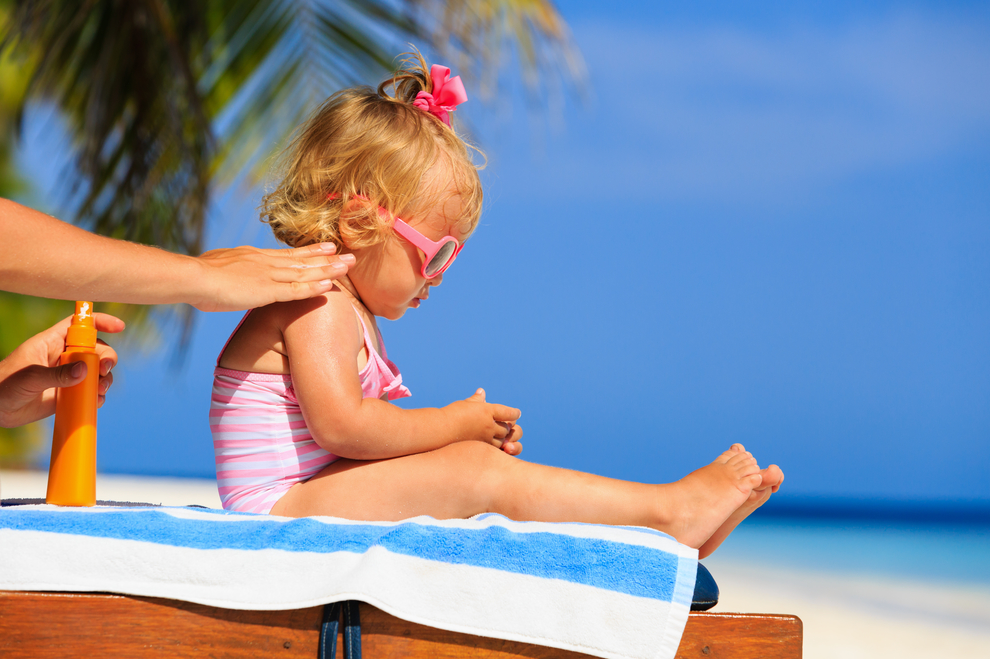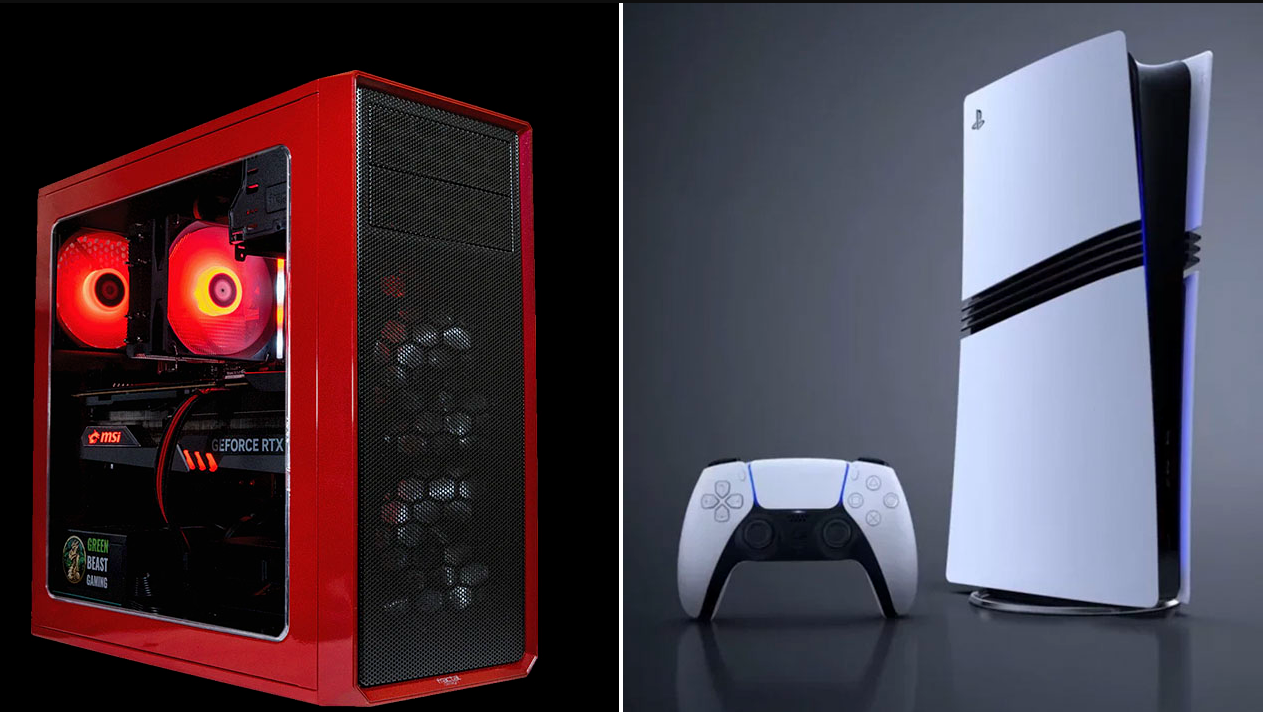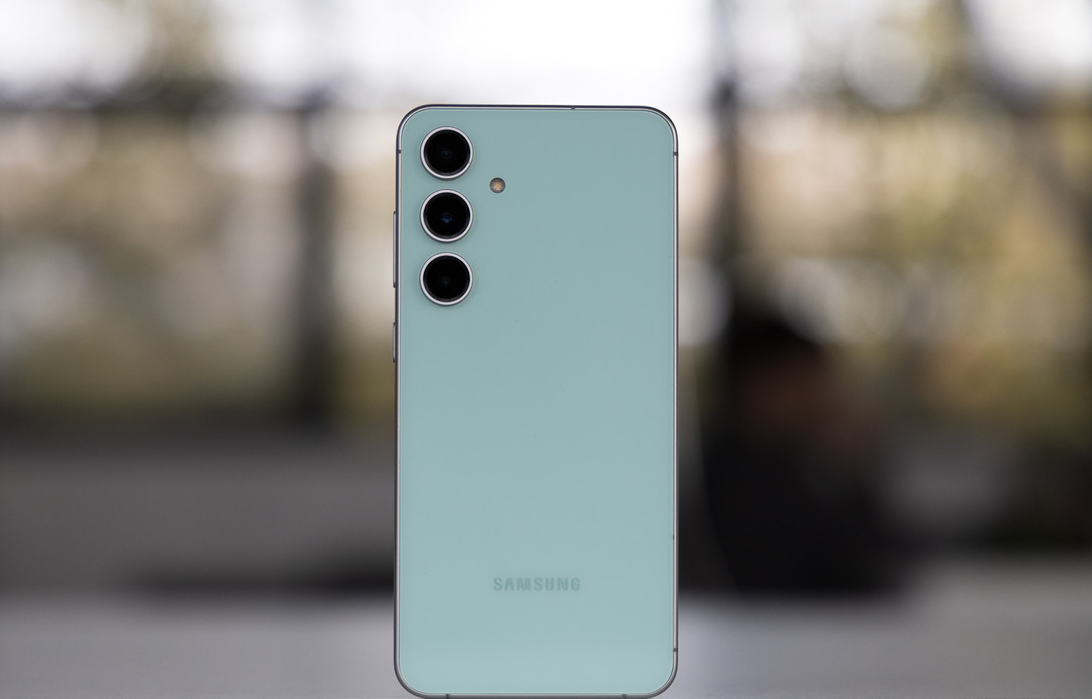Protecting your child’s skin from the sun’s rays is an important task for any parent. Summer is the time of year when children especially love to spend time outdoors. Beaches, parks, playgrounds – all these become places for active games and unforgettable adventures. However, children’s skin is at significant risk when exposed to the sun’s rays. It is important not only to enjoy the sun, but also to take care of your little ones’ health. The right sunscreen can prevent sunburns, reduce the risk of future skin cancer and protect against harmful UV rays.
Understanding SPF: what it is and how it works
SPF, or Sun Protection Factor, indicates the degree of protection against ultraviolet B (UVB) rays. These rays cause sunburn and can contribute to skin cancer. The higher the SPF, the more time you can spend in the sun without getting burned. However, it is important to remember that no cream provides 100% protection.
- SPF 15 – blocks approximately 93% of UVB rays. This cream is suitable for everyday use in conditions of low sun exposure, e.g. in the shade or for short periods of time outdoors.
- SPF 30 – about 97%. This is the best choice for children as it provides a sufficiently high degree of protection for longer sun exposure.
- SPF 50 – about 98%. Recommended for very fair or sensitive skin and for active holidays at the beach or in the mountains.
How to choose a good sunscreen for your baby
- Mineral or chemical filters. Mineral creams contain zinc oxide or titanium dioxide, which physically block UV rays. They form a barrier on the skin that reflects UV rays. These creams are less irritating to the skin and are suitable for children with sensitive skin. Chemical filters such as avobenzone and oxybenzone absorb UV rays and convert them into heat, but can cause allergic reactions.
- Broad spectrum protection. Make sure the cream protects against both UVB and UVA rays. UVA rays penetrate deeper into the skin and can cause premature ageing and skin cancer. The packaging should state that the product provides “broad-spectrum protection” or “broad-spectrum”.
- Hypoallergenic and odourless. For delicate baby skin, it is better to choose hypoallergenic products without fragrances. Odours and fragrances can cause irritation or allergic reactions, especially in children with sensitive skin.
How to choose sunscreen for children with different skin types
- For sensitive skin: Mineral creams based on zinc oxide or titanium dioxide. These components are less likely to cause irritation and allergic reactions.
- For oily skin: Light gel or watery textures that do not clog pores and do not contribute to acne formation. These creams absorb quickly and do not leave a greasy sheen.
- For dry skin: Moisturising creams with glycerin, hyaluronic acid or natural oils. These ingredients help to keep the skin hydrated and prevent it from drying out.
How to choose SPF cream for babies
Sunscreen is not recommended for children under 6 months of age, as their skin is too sensitive. Instead, protect them from the sun with:
- Clothing: Lightweight but dense fabric that covers most of the body.
- Hats: Wide-brimmed hats that cover the face and neck.
- Shade: Stay in the shade, use umbrellas and prams with sun protection.
For children over 6 months of age, mineral creams with a high SPF can be used. Be sure to apply the cream to all exposed skin and renew it every 2 hours or after contact with water.
How to choose the right sunscreen for active children
Active children spend a lot of time outdoors, where they are exposed to the sun’s rays. They play, run, swim and sweat a lot, making them more vulnerable to sunburn. Therefore, it is important to choose a water-resistant sunscreen that will provide reliable protection even in high activity conditions. Let’s consider this issue in more detail.
Why water resistance is important
Children sweat during active play and if they are near water or swimming, sunscreen can wash off. Conventional creams without water-resistant properties lose their effectiveness when they come into contact with water or sweat, reducing the level of protection. Water-resistant products, on the other hand, are designed to stay on the skin and continue to protect it even in these conditions.
How to choose a waterproof sunscreen
- Check labels. The packaging should state that the cream is water resistant. This means that it has been tested and is able to remain effective in water and when sweating. Water-resistant creams are usually labelled as:
- Water-resistant: protects skin for up to 40 minutes in water.
- Very water-resistant: protects the skin for up to 80 minutes in water.
- Ingredients. Pay attention to the composition. Mineral filters such as zinc oxide and titanium dioxide often provide better water resistance than chemical filters. Mineral creams are also less likely to cause skin irritation.
- Texture and application. Choose creams with a light texture that are easy to apply and spread over the skin. For active children, sprays or sticks are suitable, as they can be quickly applied to the body without the risk of missing any areas.
How to choose a sunscreen: more tips
- Avoid products with parabens and oxybenzone, as they can cause irritation. These chemicals are often found in cosmetics, but it is better to choose creams without them.
- Check the expiry date. Expired creams lose their effectiveness and can even harm your skin.
- Check the skin reaction. Apply a small amount of cream to your child’s arm and wait 24 hours to make sure there is no allergic reaction. This is especially important for children with sensitive or allergy-prone skin.
How to choose sunscreen for holidays by the water
Holidays by the water require special attention to sun protection, as the water reflects the sun’s rays and intensifies their effects. When selecting a sunscreen for your holiday by the water:
- Choose a cream with a high SPF (30 or higher).
- Make sure the cream is water resistant. This is especially important for protection during bathing and water play.
- Renew the cream every 2 hours and after every bath. Even waterproof creams gradually wash off with water and lose their effectiveness.
- Use extra protection such as sun suits, hats and umbrellas.
How to apply waterproof cream
- Heavy application. Apply the cream to all exposed skin 15–30 minutes before going out in the sun. This will give time for the product to absorb and take effect.
- Reapplication. Water-resistant creams require reapplication every 2 hours, even if the label indicates a longer protection time. Be sure to renew the cream after every bathing, towelling or heavy sweating.
- Full coverage. Make sure you apply the cream to all exposed skin, including ears, neck, face and top of feet. Use enough cream to achieve maximum protection.
Examples of sunscreens for children
When choosing a sunscreen for children, it is important to consider various aspects such as the degree of protection, the child’s skin type, and the activity and environment in which the sunscreen will be used. Here are some examples of sunscreens that are well established on the market.
- Neutrogena Wet Skin Kids Sunscreen SPF 70+
- Coppertone Water Babies SPF 50
- Banana Boat Kids Sport Sunscreen SPF 50
- Aveeno Baby Continuous Protection Sensitive Skin SPF 50
- Thinkbaby Safe Sunscreen SPF 50+
- Babyganics Mineral-Based Baby Sunscreen Lotion SPF 50
- Badger Baby Sunscreen Cream SPF 30
- Blue Lizard Australian Sunscreen SPF 30+ Baby
- Mustela Baby Mineral Sunscreen Lotion SPF 50
- La Roche-Posay Anthelios Dermo-Kids SPF 60
These creams provide reliable protection for sensitive baby skin, help prevent sunburn and are suitable for a variety of conditions of use.
Protecting your baby’s skin from the sun is not just about choosing the right sunscreen, but also about using it correctly. Applying sunscreen regularly, wearing protective clothing and limiting time in the sun are key steps to keep your baby safe.
Now you know how to choose sunscreen for your child and how to choose the right sunscreen for different skin types and conditions. Let your children enjoy sunny days safely!
This article is for informational purposes and is intended to help parents choose the right sunscreen for their children. All recommendations given are based on general principles of skin care and providing protection from the sun’s harmful rays. In case of individual questions or your child’s special needs, please contact your dermatologist or paediatrician for personalised advice.
Make your next baby sunscreen purchase even more enjoyable with savings from reBITme. Enjoy your choice!





